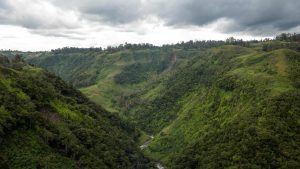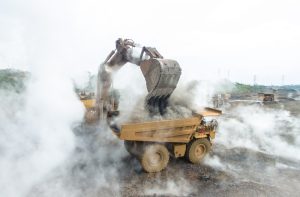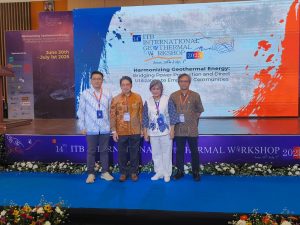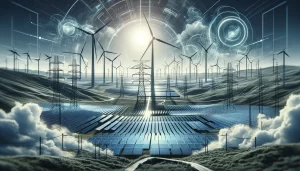Jakarta – Utilisation of seaweed in Indonesia has not been maximised, even though seaweed plays a major role in climate change adaptation, by absorbing carbon emissions, regenerating marine ecosystems, and as an ingredient in biofuels and biodegradable plastics. Indonesia is the second largest seaweed producer in the world with a production value of 9.3 million tons by 2022.
In a meeting at PT Sea6 Energy in late April, Coordinating Minister for Maritime Affairs and Investment Luhut Binsar Pandjaitan said that the capacity of the seaweed processing industry can only increase if there is cooperation between the industry and the government.
“By downstreaming, the added value in the country will increase, so the income of seaweed farmers will increase,” Pandjaitan said, adding that he supports utilisation of seaweed as clean and sustainable energy. One of them is the development of seaweed-based biofuel and crude oil. According to him, the government has a strong commitment to optimising marine potential for the realisation of a blue economy. One of the biggest potentials is seaweed utilisation.
According to him, seaweed is a strategic blue natural capital to be developed, because it is a labour-intensive sector and can improve the welfare of coastal communities.
“The tropical waters in Indonesia are a suitable habitat for seaweed cultivation, including its industrial processing,” Luhut added.
Referring to 2021 data, the composition of Indonesian seaweed exports is dominated by dry seaweed raw materials (65%), with only 35% in the form of value-added processed seaweed. Overall, the value of seaweed exports reached around 6% of total national fishery product exports, with a world market share of around 12%.
The plan to utilise seaweed for alternative energy is targeted to involve more than 15 thousand workers, reduce carbon emissions, and become a solution to clean the sea. Luhut also asked for environmentally friendly cultivation practices without using plastic bottles as floats.
“Apply mechanisation of harvesting and seed sorting, develop seaweed nurseries evenly in cultivation centres, and use technology to produce high productivity,” he said. (Hartatik)














